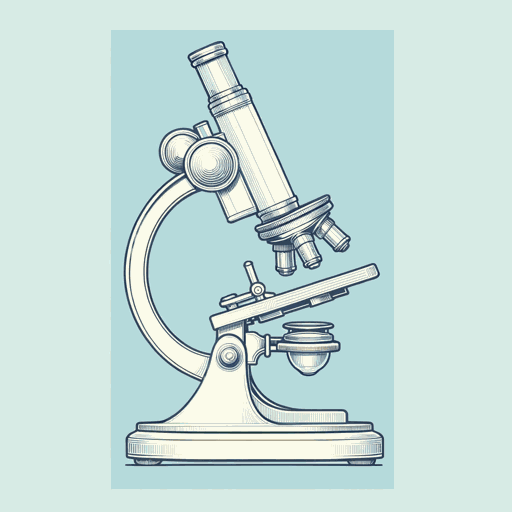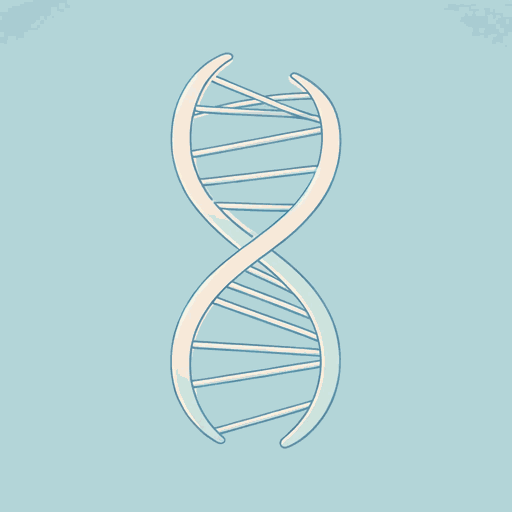71 pages • 2 hours read
Siddhartha MukherjeeThe Song of the Cell: An Exploration of Medicine and the New Human
Nonfiction | Book | Adult | Published in 2022A modern alternative to SparkNotes and CliffsNotes, SuperSummary offers high-quality Study Guides with detailed chapter summaries and analysis of major themes, characters, and more.
Part 1, Chapters 1-4Chapter Summaries & Analyses
Part 1: “Discovery”
Chapter 1 Summary: “The Original Cell: An Invisible World”
In the mid-1800s, two camps divided the world of medicine: pathology and anatomy. Anatomy was more advanced at this time compared to pathology. Mukherjee notes that after the 16th century, “anatomists began to describe the forms and structures of the human body with increasing precision” (19). However, they still relied on outdated and often incorrect anatomical teachings from the Roman era. Andreas Vesalius, one of the most well-known anatomists of the 1500s, helped revolutionize the field of anatomy through his intricate drawings of the human body.
In contrast to anatomy, pathology, or the study of human diseases and their causes, was an underdeveloped field. Prior to the 18th century, people believed that miasmas, or “poisonous vapors emanating from sewage or contaminated air” (22), caused disease. For this reason, health reformers focused on increasing public hygiene and reforming sanitation systems to prevent disease. While these methods helped curb some diseases, they didn’t help doctors and scientists explain human diseases in a standardized manner. As a result, most believed that “dysfunctions of an individual organ” (23) led to disease.
Rudolf Virchow, a young physician just out of medical school, was deeply unsatisfied with the state of pathology in the mid-1800s.
Related Titles
By Siddhartha Mukherjee



